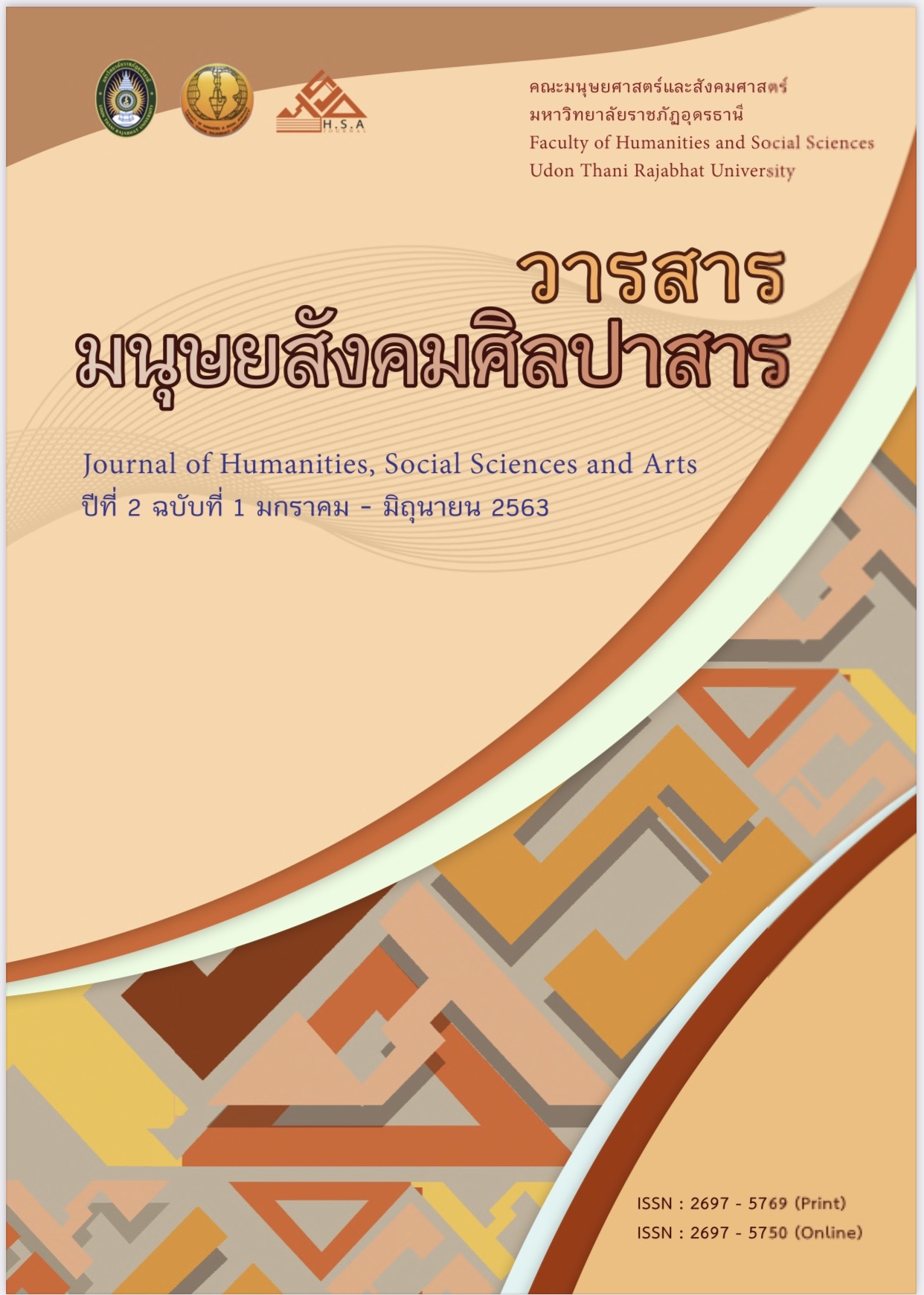Lakorn Rong Gramophone Records: Reflection of Entertainment Culture from 1905 to 1931
Main Article Content
Abstract
“Lakorn Rong” (Thai singing-drama) emerged around the end of King Rama V’s reign. Lakorn Rong theatre was introduced by Prince Narathip Prapanphong; it was inspired by and developed from Western grand opera combining with Bungsawan (Malay Opera) with hints of other forms of Thai traditional theatre such as Lakorn Ram (traditional dance drama), and Lakorn Dukdumban. Based on Western theatrical model, Lakorn Rong was a demonstration of contemporary theatrical mixtures which finally formed the new theatrical invention. This article aims primarily to delineate the reflection of entertainment culture in Thailand from 1905-1931 through the studies of gramophone records of Lakorn Rong and some historical documentation.
Pridalai Theatre Troupe was the first Lakorn Rong troupe in the country; the troupe gained huge success starting from the royal court, and later it also captured public attention. Pridalai Troupe set model and performing standards which were later adopted and imitated by other troupes. During the peak period of Lakorn Rong popularity, there were more than 50 theatre troupes in Bangkok. As a consequence of its popularity, commercial recordings of Lakorn Rong commenced. According to historical evidence, more than 200 sides of Lakorn Rong gramophone records were found. Numbers of theatre troupes and details of performers who performed for the recordings were displayed in the record labels. Some names of theatre troupes included Pramote Nakorn Troupe, Thep Bunterng Troupe, Pridalai Troupe, to name but a few. Apart from the records, many of Lakorn Rong play scripts were commercially publicized. These historical evidences reflect that Lakorn Rong was one of the most popular forms of entertainment before silent films started to grow in 1922 and outshadowed Lakorn Rong completely after 1927. Since then Lakorn Rong has been shaped and developed into contemporary musical theatre as we see today.


